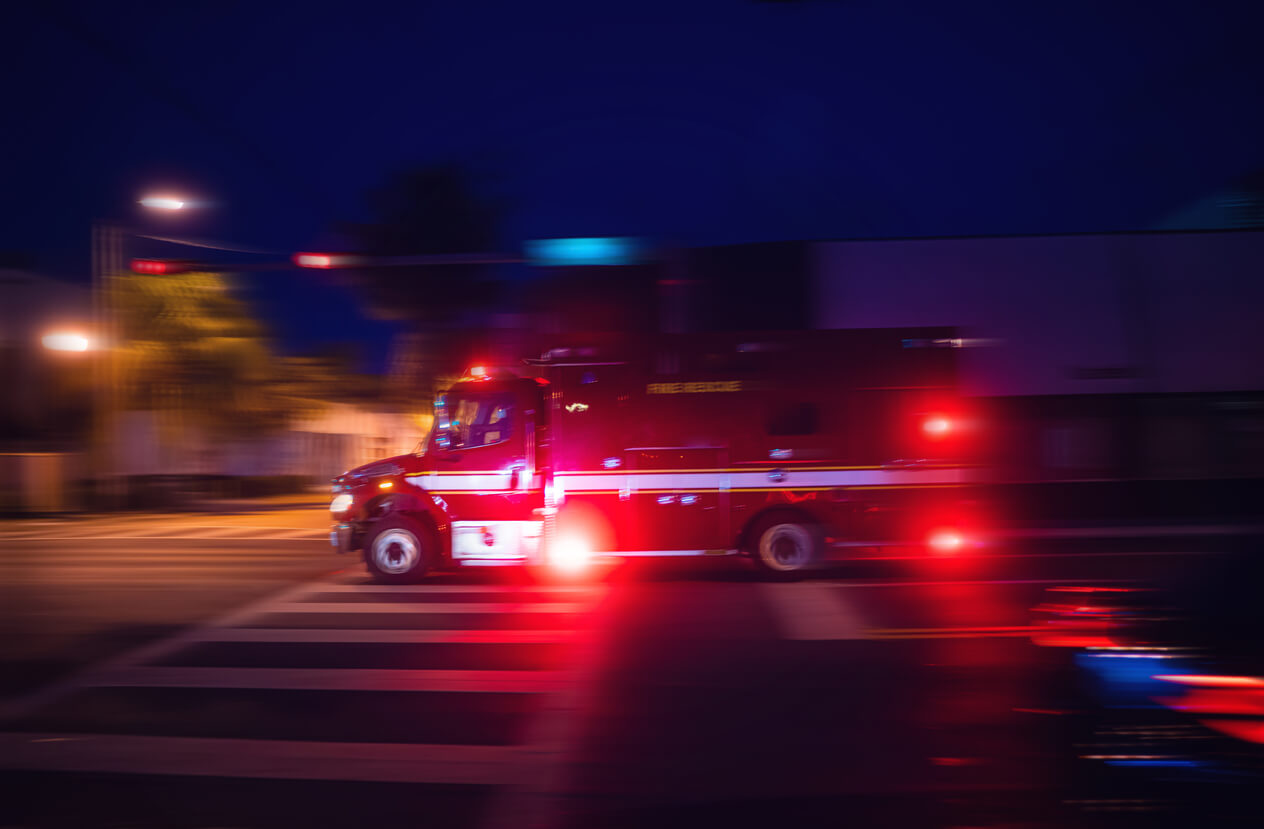Last March, when Governor Murphy issued an executive order locking down the state in order to slow the spread of the coronavirus, the number of cars traveling on New Jersey roadways fell dramatically. Even today there are fewer cars on the road than there used to be since people continue to work from home. Unfortunately, New Jersey has not seen a corresponding drop in the number of serious car accidents and injuries.
According to data from the New Jersey State Police, 548 fatal crashes resulted in 585 deaths in 2020. This is up from 524 fatal crashes in both 2019 and 2018. This is an increase of 4.6%.
State Police Superintendent Pat Callahan pointed out that the increase in deaths came as the total number of crashes dropped, from 45,000 per year to 31,000. Callahan says that this indicates speeding played a large role in the seriousness of the accidents.
New Jersey is not the only state to see an increase in the number of serious accidents in 2020. Preliminary data for the first nine months of the year from the National Highway Traffic Safety Administration (NHTSA) shows that 28,190 people died in crashes from January to September 2020, a 4.6% increase compared to the first nine months of 2019 when 26,941 fatalities were recorded. The National Safety Council (NSC) says this is the largest spike in deaths in almost a century.
This increase occurred despite a large drop in vehicle miles traveled due to the pandemic. NHTSA estimates Americans traveled 355.5 billion fewer miles than normal in the first nine months of 2020, down nearly 15% compared with the same period of 2019.
Roadway Resolutions
In response to this dramatic increase in the number of car accident fatalities, the American Automobile Association (AAA) recommends drivers adopt the following “roadway resolutions” as we return to more normal driving habits following the pandemic:
- Resolve to put the cell phone away – While behind the wheel, drivers need to be singularly focused on driving. Stow your smartphone away, turn it to airplane mode, or activate call/text blocking features like the ‘do not disturb’ function.
- Resolve not to drive impaired – Driving while under the influence of drugs or alcohol is a no-brainer, DON’T do it! If you consume marijuana, alcohol, or use potentially impairing prescription medications, then don’t drive. If you’re going to drive, then don’t consume these substances.
- Resolve to buckle up – Seat belts save lives. Buckling up helps keep you safe and secure inside your vehicle, whereas not buckling up can result in being totally ejected from the vehicle in a crash, which is almost always deadly. (NHTSA)
- Resolve to slow down – Drivers tend to overestimate time saved by speeding. You’d have to travel 100 miles to save roughly 5 minutes, moving at 75 m.p.h. instead of 70 m.p.h. Speed kills and isn’t worth the cost.
- Resolve to pull over when necessary – Stop driving if you become sleepy because you could fall asleep at any time. Fatigue impacts reaction time, judgment, and vision, causing people who are very tired to behave in similar ways to those who are drunk.
These tips are a good refresher for everyone who has been driving less during the past year. Unfortunately, we know even if we all follow these tips serious accidents will still occur. If and when they do, the Levin & Malkin team is here for you.
Posted in: Car Accidents

